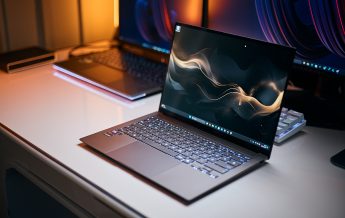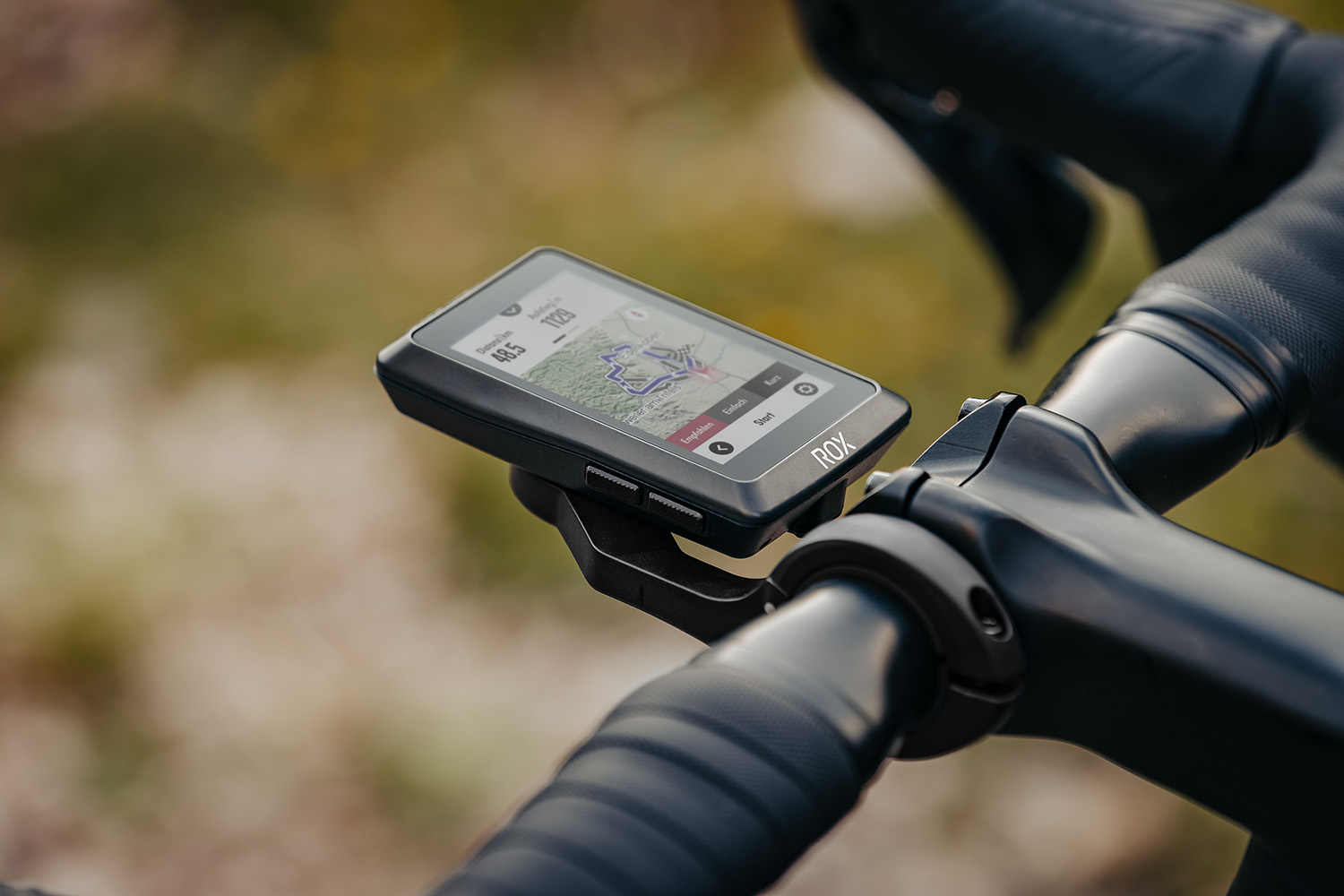
The Best GPS Bicycle Computers of 2025: Navigate Smarter, Ride Faster, Stress Less
There was a time when a bike ride meant a paper map stuffed in a jersey pocket and a vague sense of optimism. Those days are gone. Modern GPS bicycle computers are tiny command centers that measure power, map entire continents, suggest smarter routes, and keep you from turning a Sunday spin into an accidental cross-country tour. Whether you race, commute, or just want to know where the heck you are, the right cycling computer changes a long ride from guesswork into precision engineering.
We tested and curated the best GPS bike computers you can actually use. This guide is for riders who care as much about design and usability as they do about raw metrics. Expect devices that look sharp on your stem, last longer than your rides, and make GPS navigation feel like an effortless conversation with the road. Consider this your shortlist for buying a device that matters now, because navigation and training have converged into something genuinely useful for every kind of cyclist.
The Picks and How We Chose Them
We favored reliability, map and navigation quality, screen clarity in sunlight, battery life, sensor and platform integration, and the overall experience of using the device mid-ride. That means we care about menus you can use with gloves, mounts that hold through gravel, and batteries that do not panic by route turn six. We also looked for models that offer meaningful software ecosystems because the device is only as good as the platform behind it.
Below you will find the top GPS bicycle computers that cover four major needs. If you want ultra-long battery life, one pick has your back. If you crave streaming maps and turn-by-turn on-screen routes, another will make you giddy. If integration with power meters, smart trainers, and third-party apps is critical, the list has a clear winner. In short, these are the best devices to help you ride smarter, train better, and explore further.
1. Garmin Edge 1040 Solar

The Edge 1040 Solar is the closest thing to the Swiss Army knife of cycling computers. It folds high-end navigation, training metrics, and a long-lasting battery into a handsome, rugged package that looks as at home on a Gran Fondo as it does on a gravel epic. The ‘Solar’ finish is not just marketing. The extra surface area and solar charging help eke out multi-day battery life during long rides, which is essential for bikepackers and folks who forget chargers on purpose.
What earns the Edge 1040 Solar a spot on this list is a combination of pros: crisp multi-touch maps, advanced training analytics, and an ecosystem of sensors and third-party apps that feels endless. Garmin’s route planning and rerouting work smoothly in real-world conditions, and live segment data keeps race-focused riders honest. If you want top-tier accuracy combined with features designed for the kind of ambitious riding that stretches beyond the weekend, this is the benchmark.
It is not perfect. The interface can feel dense if you prefer minimalism, and the price nudges into premium territory. Still, the value proposition is about the depth of features. For anyone doing long rides, organizing group events, or hosting multi-day tours, the Edge 1040 Solar justifies its weight in silicon and solar cells.
2. Wahoo ELEMNT Bolt V2
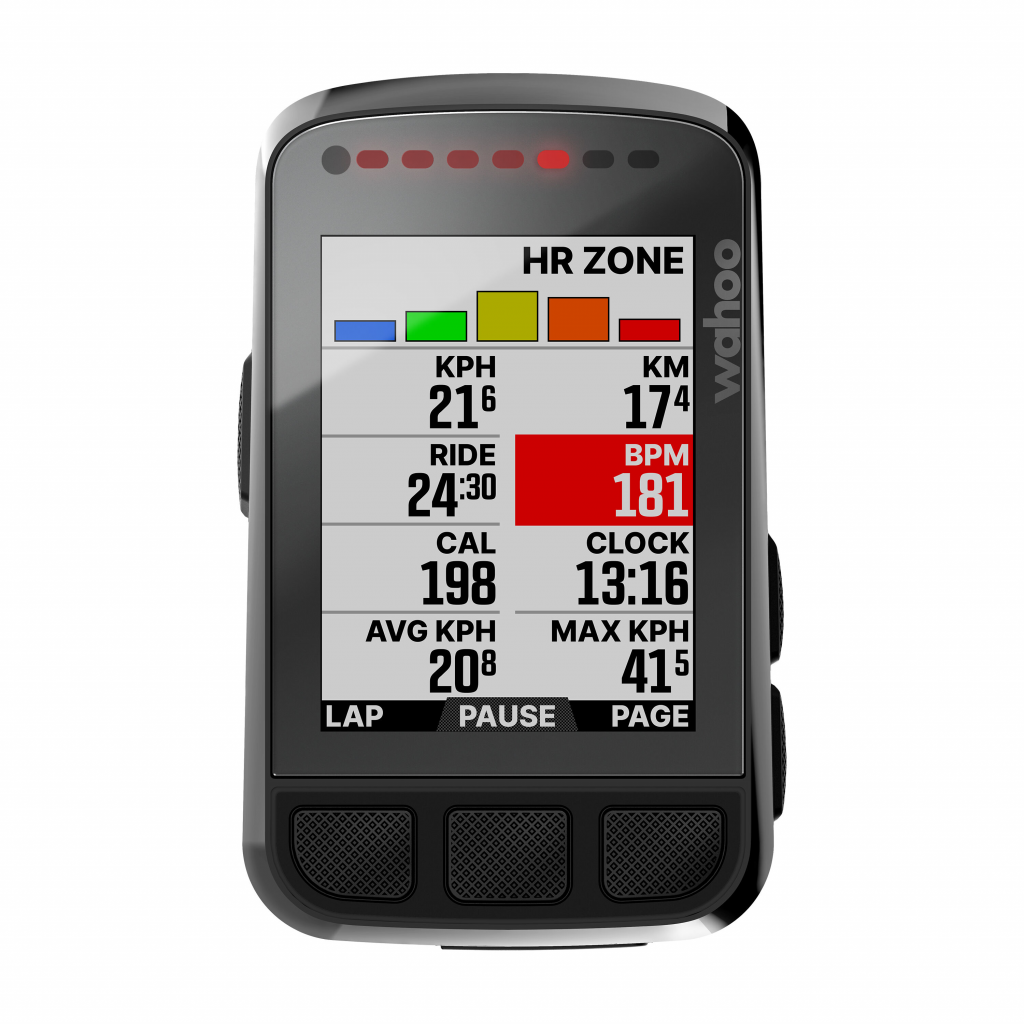
Wahoo’s Bolt has always been a study in focused design: small, fast, and dead simple to use. The V2 refines the formula with improved GPS performance, easier route syncing, and a faster interface that feels like it was built by a cyclist for cyclists. The Bolt sits neatly on your stem and manages to stay unobtrusive while delivering the key metrics you actually glance at during a hard effort.
Why it’s on this list is simple. Wahoo nailed the balance between streamlined hardware and a robust companion app, which makes route transfers effortless and displays extremely readable information on a compact screen. The Bolt is also a strong value play for riders who want reliable navigation and sensor support without the lab-style analysis tools of higher-end units.
The Bolt V2’s compact size is both feature and compromise. If you want the biggest possible map or a touchscreen, you will need to look elsewhere. But for most riders who prioritize performance, battery life, and fast setup, the Bolt V2 remains a brilliant, no-fuss choice.
3. Wahoo ELEMNT Roam 2
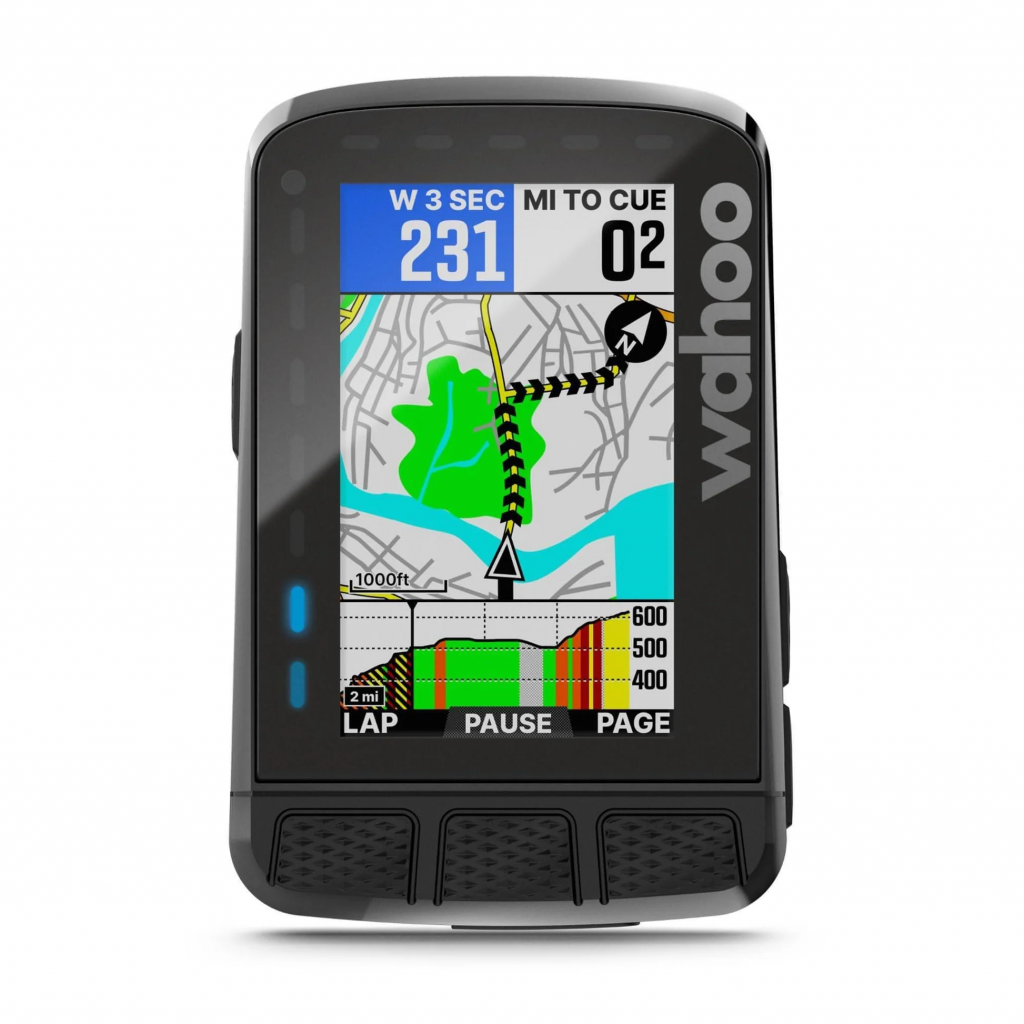
The Roam 2 is the Roomba of bike computers in the best possible sense. It roams confidently, gets you where you need to go, and does so with a friendly interface and polished maps. Compared with the Bolt, the Roam 2 trades compactness for a larger, more map-focused display, which is ideal for exploration and navigating unfamiliar roads. Route recalculation is quick, and screen readability in bright sunlight is excellent: a must for mid-day adventures.
Where Roam 2 shines is in the experience of navigation. It gives you turn-by-turn cues that actually feel human, and the on-device routing options let you choose direct, shortest, or bike-friendly paths. Integration with Strava, Komoot, and other services is seamless, so importing a famously curated route or community loop is painless. Then there is the Wahoo app, which is one of the best on any cycling platform for quick edits and syncing.
This device is for riders who treat navigation as a feature to savor. If you regularly head out to explore new roads, or you want a great balance between tourable maps and training features, the Roam 2 is a top pick.
4. Hammerhead Karoo 2
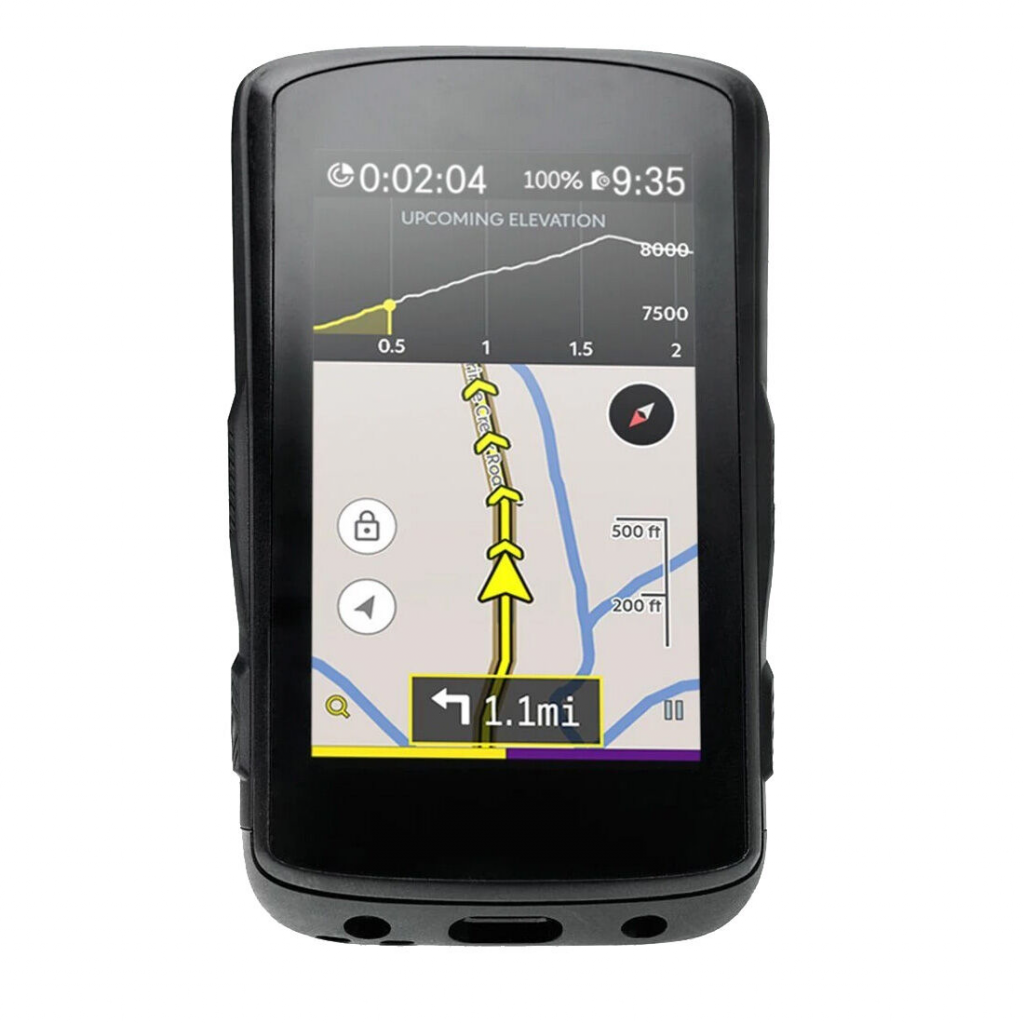
Think of the Karoo 2 as a smartphone for your stem that actually cares about riding. Its high-resolution screen looks gorgeous and offers map and data clarity unmatched in some other models. The interface is clearly designed with touch interaction in mind, and the map zoom and pan feel as fluid as your finger. The device is powerful for routing, with a strong emphasis on third-party integrations and map detail that makes it a favorite for route-hungry cyclists.
But the Karoo 2 is more than a pretty display. Its map rendering and routing frameworks produce sensible navigation, and the device supports robust performance analytics. The community is vocal, and software updates have added meaningful features over time. If you like tinkering, custom routes, and a modern UX, the Hammerhead is intoxicating in its responsiveness and polish.
The trade-offs are battery life and price. The Karoo 2 tends to sip battery faster than the most conservative Garmin models, especially with maps and the bright screen enabled. Still, if your rides are day-long explorations and you want a premium, app-smart experience on your bars, this device is a serious contender.
5. Garmin Edge 530

Not every ride demands bells and whistles. The Edge 530 is the pragmatic pick for riders who want core navigation, accurate data, and a rock-solid platform without splurging for the top-tier models. It packs meaningful performance features such as detailed climb profiles and turn-by-turn routing while keeping the interface straightforward. The unit’s physical buttons are reliable in all conditions, which matters when gloves are on and rain is in the forecast.
Its strengths include strong sensor compatibility and a sensible blend of battery life and features. The Edge 530 is a favorite among competitive weekend racers who want robust training tools like VO2 and recovery insights without overpaying. Garmin’s ecosystem and data syncing remain a major advantage, giving you an easy way to break down rides after you finish.
If you want a durable, capable cycling computer that focuses on essentials and offers room to grow into more advanced features, the Edge 530 remains an excellent bang-for-buck choice.
6. Lezyne Mega XL GPS

Lezyne is not trying to out-Garmin the universe. Instead, they make reliable hardware with thoughtful features at a sensible price. The Mega XL GPS is built for riders who want a long battery life and a readable screen without needing a massive app ecosystem. It has solid mapping, long-lasting battery performance, and a clean interface that emphasizes what you need while minimizing distractions.
The Lezyne model is a favorite for touring cyclists and commuters who prize longevity and simplicity. It offers reliable route tracking and does the essentials well, including compatibility with ANT+ and Bluetooth sensors. You get plenty of features for navigation, but with less of the learning curve that comes with more complex ecosystems.
Where Lezyne stands out is in delivering dependable performance day after day. If you want a no-nonsense navigation tool that will keep running after your phone gives up the ghost, the Mega XL is a practical, pleasing option.
7. Bryton Rider 750

Bryton brings an affordable alternative into the space, and the Rider 750 offers surprising value for its price. It includes a generous display, decent mapping, and a decent set of training metrics. For riders building their first serious cockpit of power meter and cadence sensors, the Rider 750 presents a lower-cost entry point to the world of on-bike GPS computers.
The real magic is the value proposition. You do give up some polish in the maps and the speed of the user interface, but Bryton compensates with a solid core feature set and a practical battery profile. For casual cyclists who want navigation and training features without an expensive sticker price, this is a smart pick.
It is best for riders who are comfortable with a few trade-offs in exchange for affordability. If you need the slickest software and the most refined hardware, look higher up the list. If you want good performance at a down-to-earth price, the Rider 750 works well in practice.
8. Sigma ROX 12.0

Sigma’s ROX 12.0 is a quietly competent navigator with a focus on robust hardware and intuitive route-following. The unit has clear, easily digestible screens and reliable GPS tracking that make it a good companion for everyday riding and weekend epics. Sigma balances usability and durability with a design that feels compact without skimping on map space.
What puts the ROX 12.0 on this list is its consistency. It may not have the dazzling ecosystem of the biggest brands, but the device does its job well. The support of common sensors and the familiar routing features is enough for many riders who want a reliable companion without committing to a larger ecosystem.
If you prioritize straightforward navigation and dependable hardware over platform bells and whistles, Sigma’s offering is a sensible choice.
Why These Picks Matter Now
Navigation and training tech on bikes have matured. The days of choosing between simple tracking and complicated race analytics are fading. Devices now blur the lines: makers combine advanced training metrics, deeper integrations with third-party apps, and navigation that actually anticipates your needs. That matters because cycling has become more diverse. Gravel, bikepacking, urban commuting, and structured training all demand different strengths and none of the top devices ignore that reality.
Another reason this moment matters is energy autonomy. As riders go longer and explore wilder places, battery life and power options are front and center. Solar charging, efficient displays, and smarter power management mean options that were once luxuries are now quite practical. This trend also opens up better reliability in remote routes, which in turn encourages bolder rides and new adventures.
Finally, software ecosystems are no longer optional. Seamless route sharing, third-party platform integrations, and live data syncing have become part of what makes a bike computer truly helpful. Choosing a device is as much about the hardware as it is about the app and community behind it. That community is what turns a device from a gadget into an integral part of your riding life.
How to Choose the Right GPS Bicycle Computer for You
Start by asking what matters on your rides. If you prioritize long days and minimal fuss, lean into models with exceptional battery life. If exploration and easy-to-read maps are your jam, pick a device with a larger, higher-resolution screen. If you are training for performance, prioritize advanced analytics and strong sensor integrations. And if you want something that just works without a steep learning curve, choose a device with a strong, simple companion app.
Don’t ignore ergonomics. The best navigation experience is one you can read and interact with while moving. Buttons that work with gloves, mounts that stay put on rough surfaces, and screens that remain legible under bright sunlight add up to vastly better rides. Finally, think about the platform. If you already live in an app ecosystem like Strava, Komoot, or TrainingPeaks, check how well the device syncs with the services you use most.
GPS bicycle computers are no longer single-purpose gadgets. They are navigation centers, training coaches, and companions that keep you safer and more informed. Whether you want a tiny, fast interface for racing, a map-heavy device for exploring unknown roads, or a reliable tool for long tours, there is a model here that fits. The Garmin Edge 1040 Solar leads for explorers and endurance athletes, the Wahoo Bolt V2 is perfect for focused riders who want efficiency, and the Karoo 2 offers a premium touchscreen experience for the digitally curious.
In the end, the best GPS bike computer is the one you will use. These devices make rides easier, more enjoyable, and more intentional. Use this guide as your compass. Pick the device that matches your riding lifestyle, mount it to your stem, and set out. The road is long, and with the right navigation tool, much of the guesswork is gone. You are free to focus on speed, scenery, and the small joys of being on two wheels.
